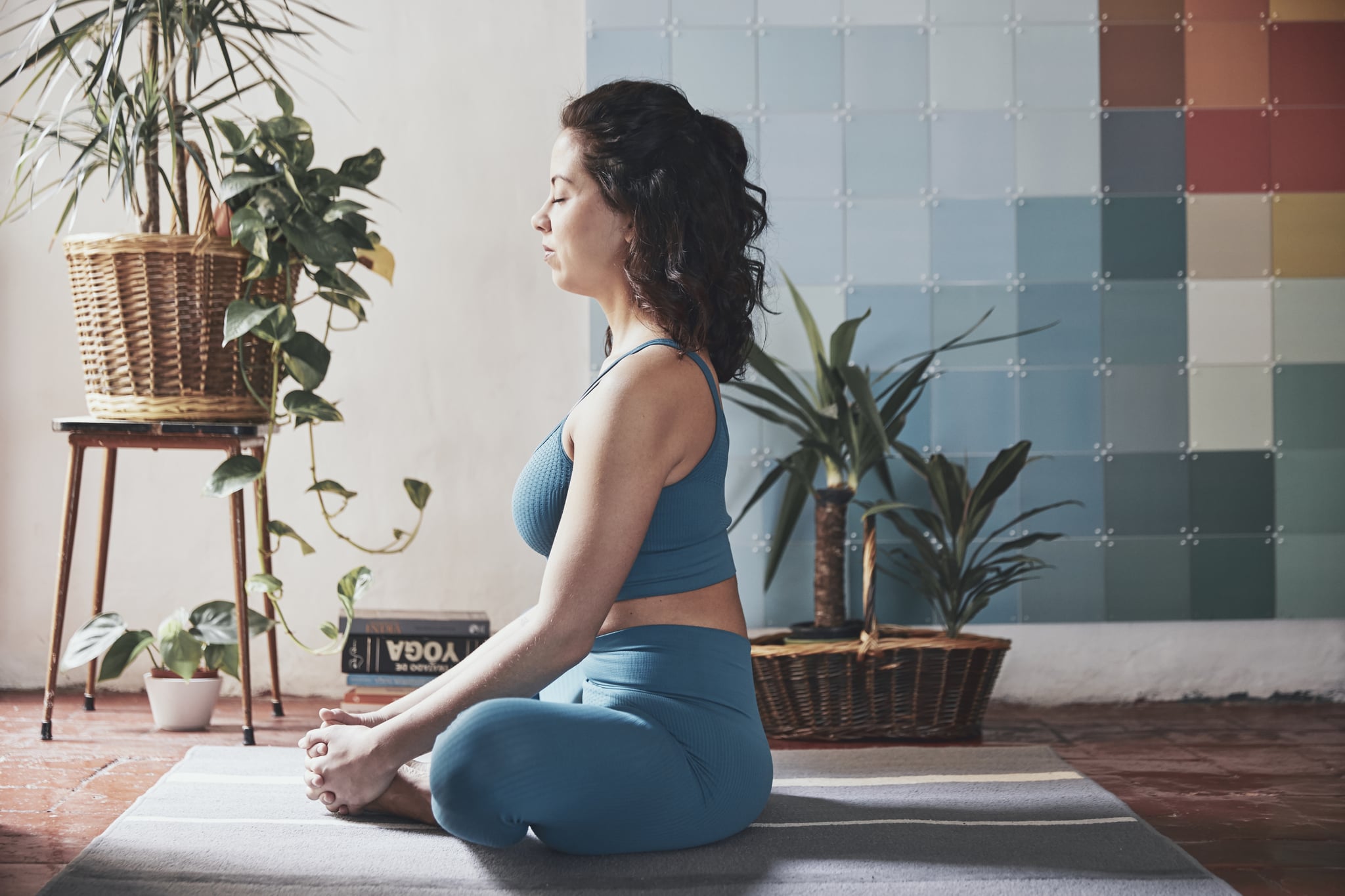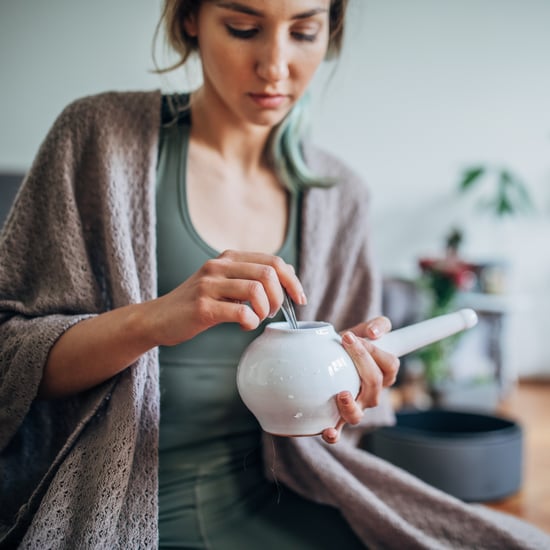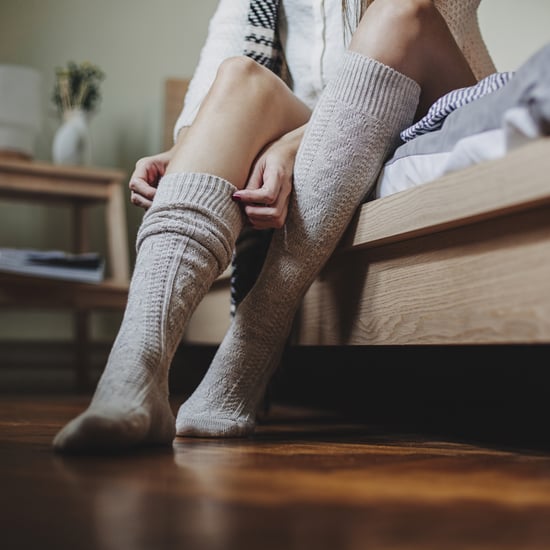2 Experts on How a Daily Yoga Practice Can Ease Inflammation
2 Experts Explain How a Daily Yoga Practice Can Ease Inflammation Pain

If you're exploring different ways to holistically aid your inflammation pain, talking to your doctor about adding a yoga practice into your daily routine could be a source of relief.
But, first, know that not every inflammation-focussed yoga practice is going to look the same. That's because inflammation pain (both acute and chronic) presents itself in many ways — since it can stem from a wide variety of underlying health problems, from infection to stroke to arthritis.
So, instead of directly guiding you through a flow, we're calling on two professionals to help you navigate your journey in treating inflammation pain — starting with yoga practices worth considering.
"Forms of yoga that include heat [and] warmth may benefit those with inflammatory responses. Other types of yoga, including Vinyasa and Kundalini, may help with specific spinal movements that allow for increased flexibility and decreasing rigidity," Dr. Sheri Dewan, MD, a board-certified neurosurgeon at Northwestern Medicine Central DuPage Hospital, tells us.
Kimberlee Bonura, PhD, a triple-certified yoga instructor registered with the Yoga Alliance and a member of the International Association of Yoga Therapists, adds that restorative yoga "can reduce the levels of stress hormones like cortisol and other physiological markers of inflammation in the body."
Restorative yoga is not about pushing, sweating, and powering through, she explains. "It's about listening to your body, relaxing, and feeling good in the pose."
No matter the practice, understanding the signals that your body sends you mid-flow is essential.
"It is important to distinguish between discomfort and pain," Bonura says.
If a yoga pose feels uncomfortable, it could be OK to work through it to improve your strength and flexibility.
But, she says, pain is never good — take that as your body's internal warning signal to stop what you're doing.
"If you are having pain with a flow or a pose, then you shouldn't be doing that flow or that pose — at least not at that time. Take a step back. Find an adapted version or modification of the pose that provides similar benefits without discomfort," Bonura confirms.
Dr. Dewan agrees, too, that all yoga flows should be modified to prevent inflammation pain.
Working with a certified professional (even virtually!) who has specialised training in your condition and can guide you through modifications, moves, and tools (like blocks or straps) will help you avoid putting unnecessary stress on your body.
And although it's up to the discretion of the professional you're working with, know that Dr. Dewan generally feels that 30-45 minutes of yoga a day is a great goal to strive for — although no one should feel discouraged if they can't meet that quota. Bonura agrees. "Doing a little consistently is more valuable than doing a lot occasionally. Doing yoga for five or 10 minutes each day will yield more long-term results than doing a longer workout inconsistently," she says.
Especially if your inflammation inhibits your sleep — and in return, your healing — Bonura feels that adding a 5-10 minute sequence into your bedtime routine is a great way to improve sleep quality and promote relaxation.
Although more individual research is required before you can feel good in a yoga practice, know that any step — or stretch — toward relief is one in the right direction.
Click here for more health and wellness stories, tips, and news.







